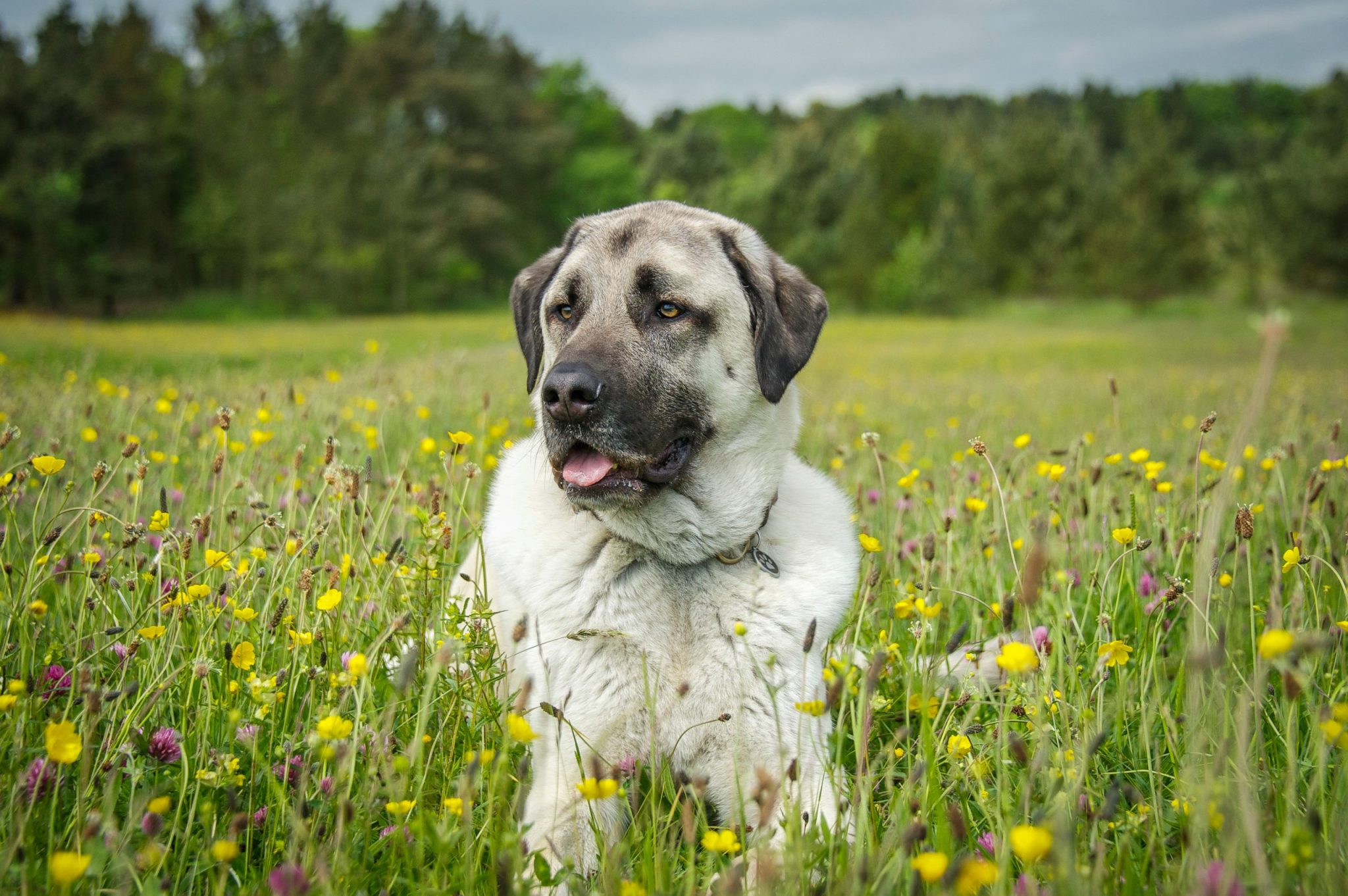 Shutterstock
Shutterstock
Before social media fame, squeaky toys, and gourmet dog treats, certain dog breeds were already establishing their legacy in ancient civilizations. These dogs weren’t just pets—they were hunters, guardians, spiritual companions, and loyal partners to some of history’s earliest humans. These ancient breeds helped shape the world as we know it—one paw print at a time. With endurance, elegance, and impressive résumés, these breeds have survived empires, evolved with cultures, and still manage to act like they invented the concept of the nap.
Basenji
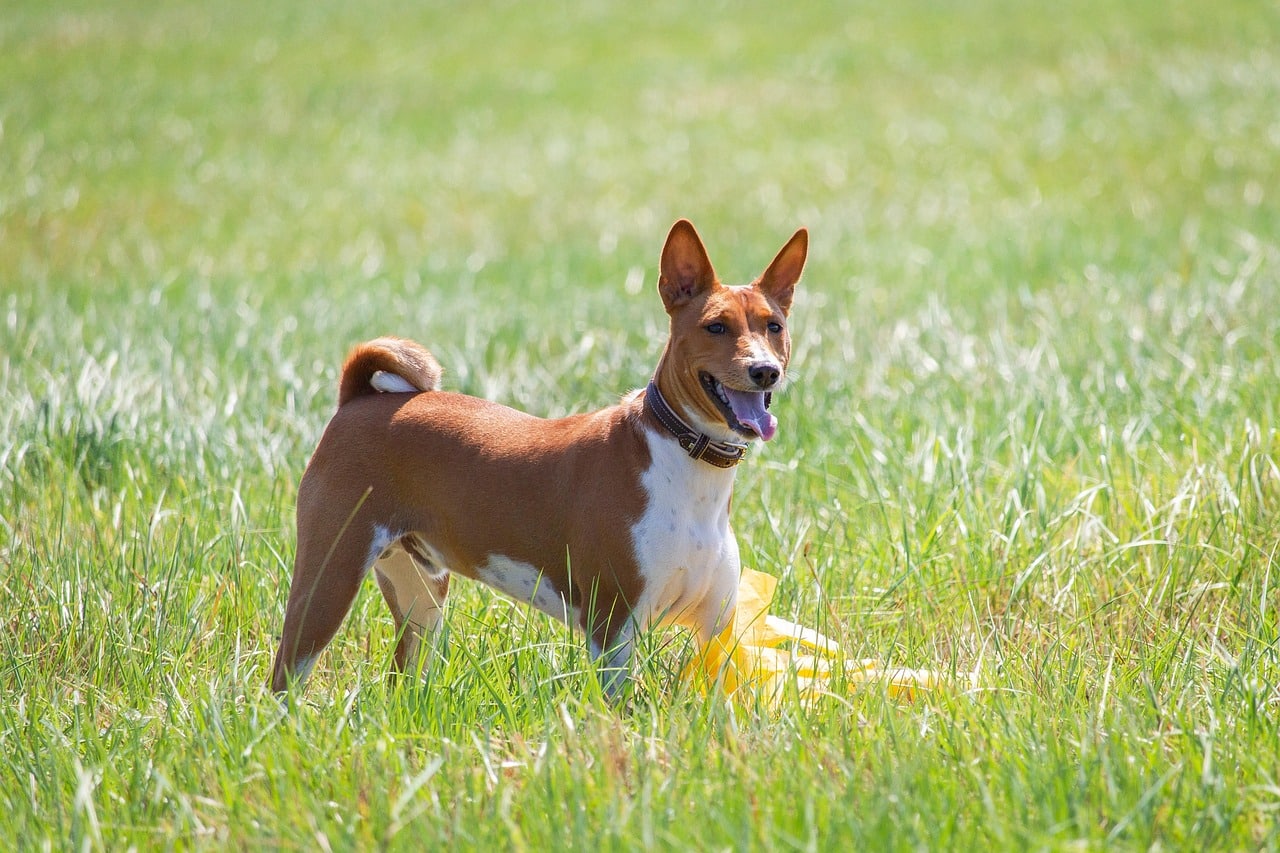 Shutterstock
Shutterstock
The Basenji, often called the “barkless dog,” dates back thousands of years to ancient Central Africa. These silent hunters were prized for their stealth and agility, used by tribes to chase game through dense forests. Depictions of Basenji-like dogs can be seen in ancient Egyptian art, suggesting their long-standing partnership with humans. While they may not bark, they communicate with expressive yodels, side-eyes, and mysterious judgment. It’s not that they’ve changed over the centuries—it’s that we’re still trying to live up to their standards.
Afghan Hound
 Shutterstock
Shutterstock
The Afghan Hound, with its flowing locks and regal posture, hails from the mountainous regions of Afghanistan and dates back thousands of years. Bred for hunting large game over harsh terrain, these dogs are as tough as they are elegant. Ancient carvings and texts reference similarly majestic canines used by nomadic peoples. Their ability to move gracefully and silently through rocky landscapes made them prized companions of royalty and hunters alike. Today, they glide through your living room like it’s a marble palace—because in their heads, it still is.
Saluki
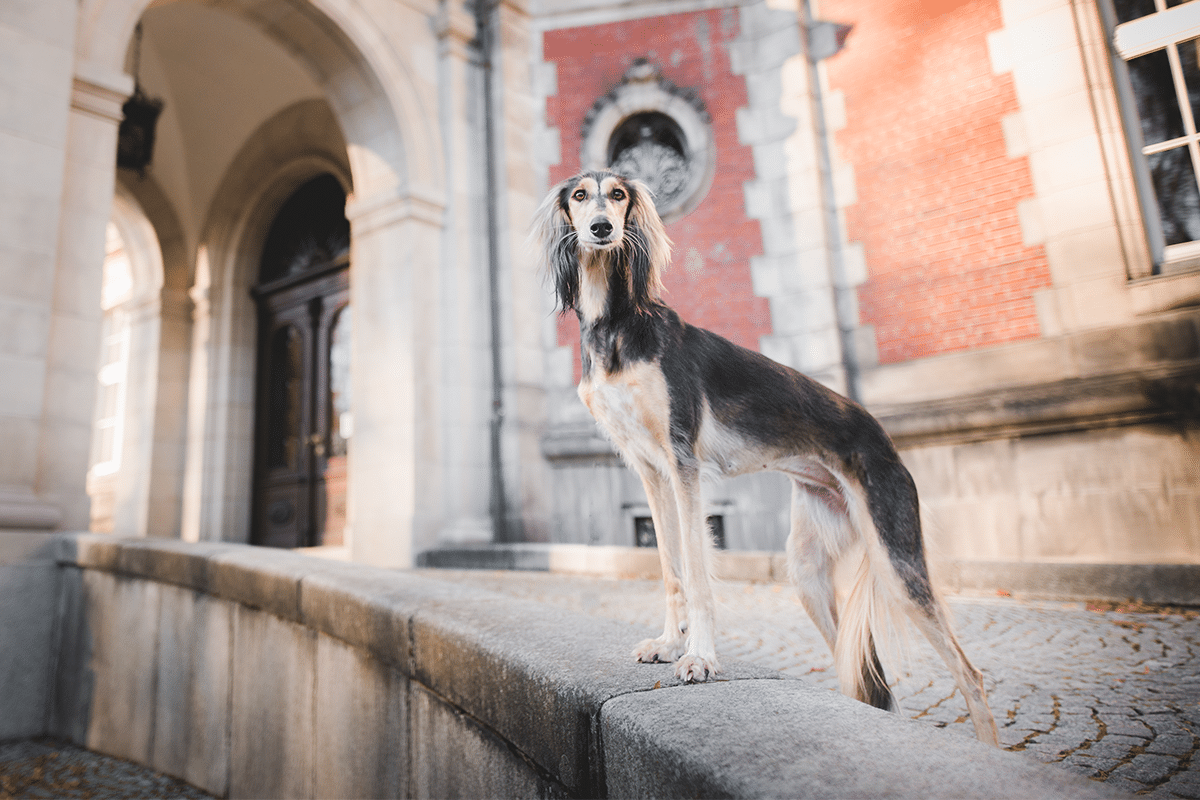 Shutterstock
Shutterstock
One of the oldest known dog breeds, the Saluki was the royal dog of ancient Egypt and the Middle East. Revered by pharaohs and Bedouins alike, these slender sighthounds were used for hunting gazelle and other swift prey. Salukis were often mummified and buried with their owners, a testament to their esteemed status. Their grace and speed earned them a spot among the nobility—and probably a lot of elaborate collars. If you think they act superior, it’s because their lineage goes back to literal gods.
Tibetan Mastiff
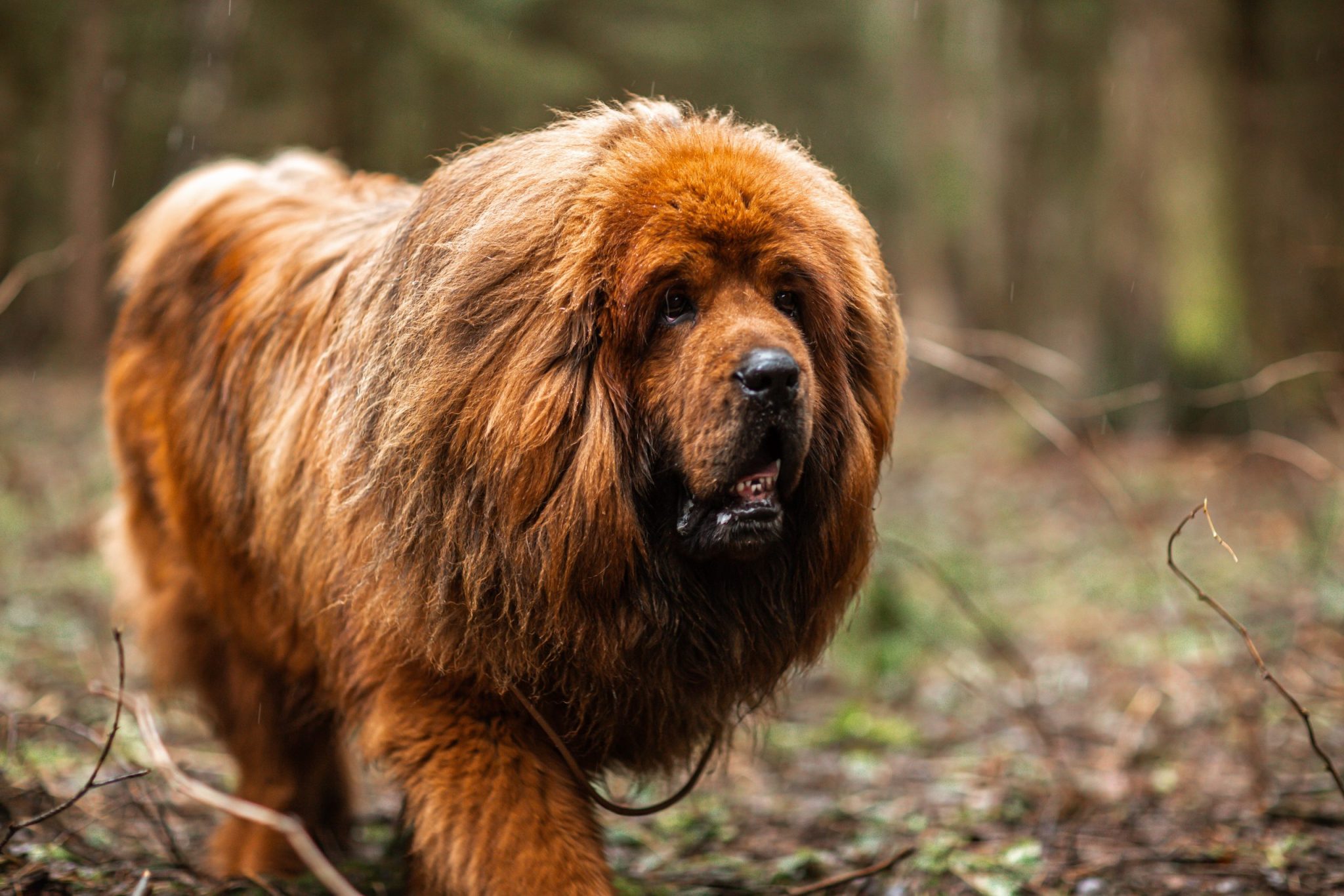 Shutterstock
Shutterstock
Majestic and massive, the Tibetan Mastiff has been guarding monasteries and nomadic camps in the Himalayas for centuries. Bred to protect against wolves, snow leopards, and bandits, this breed is as ancient as it is formidable. Tibetan monks believed these dogs had spiritual energy and were sacred protectors. Their thick double coat and intimidating presence were well-suited for high-altitude life. Nowadays, they guard suburban yards and couches—but don’t worry, they still treat the mailman like a snow leopard in disguise.
Akita Inu
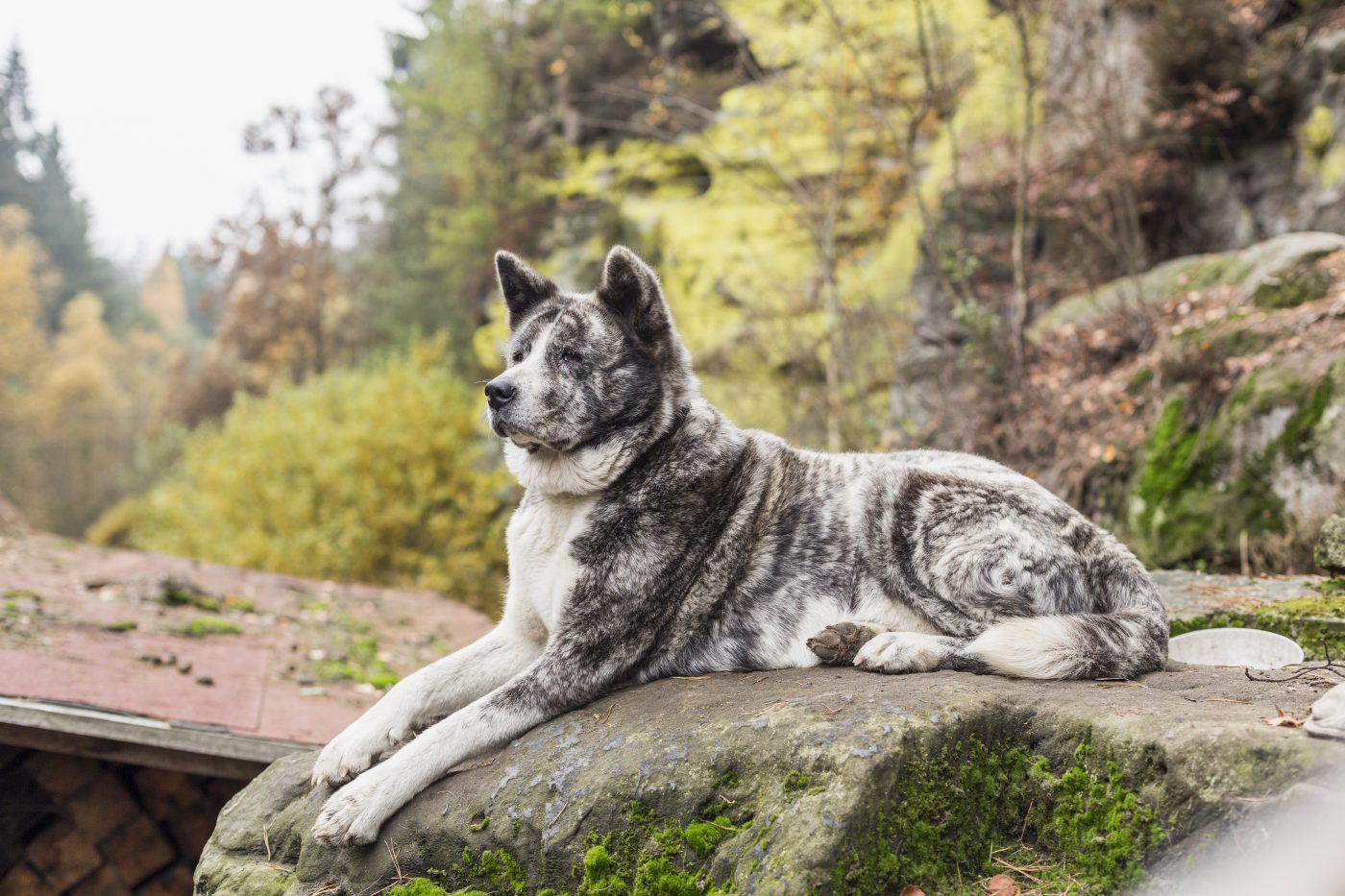 Shutterstock
Shutterstock
The Akita is Japan’s ancient warrior dog, known for its loyalty, strength, and stoic demeanor. This breed has roots tracing back to feudal Japan, where they were used to guard nobles and hunt large game such as boar and bears. Akitas were so revered that only royalty were once allowed to own them. Their legacy includes Hachikō, the famously loyal Akita who waited at a train station every day for his deceased owner. That kind of devotion might explain why your Akita still guards the bathroom door like it’s the imperial palace.
Alaskan Malamute
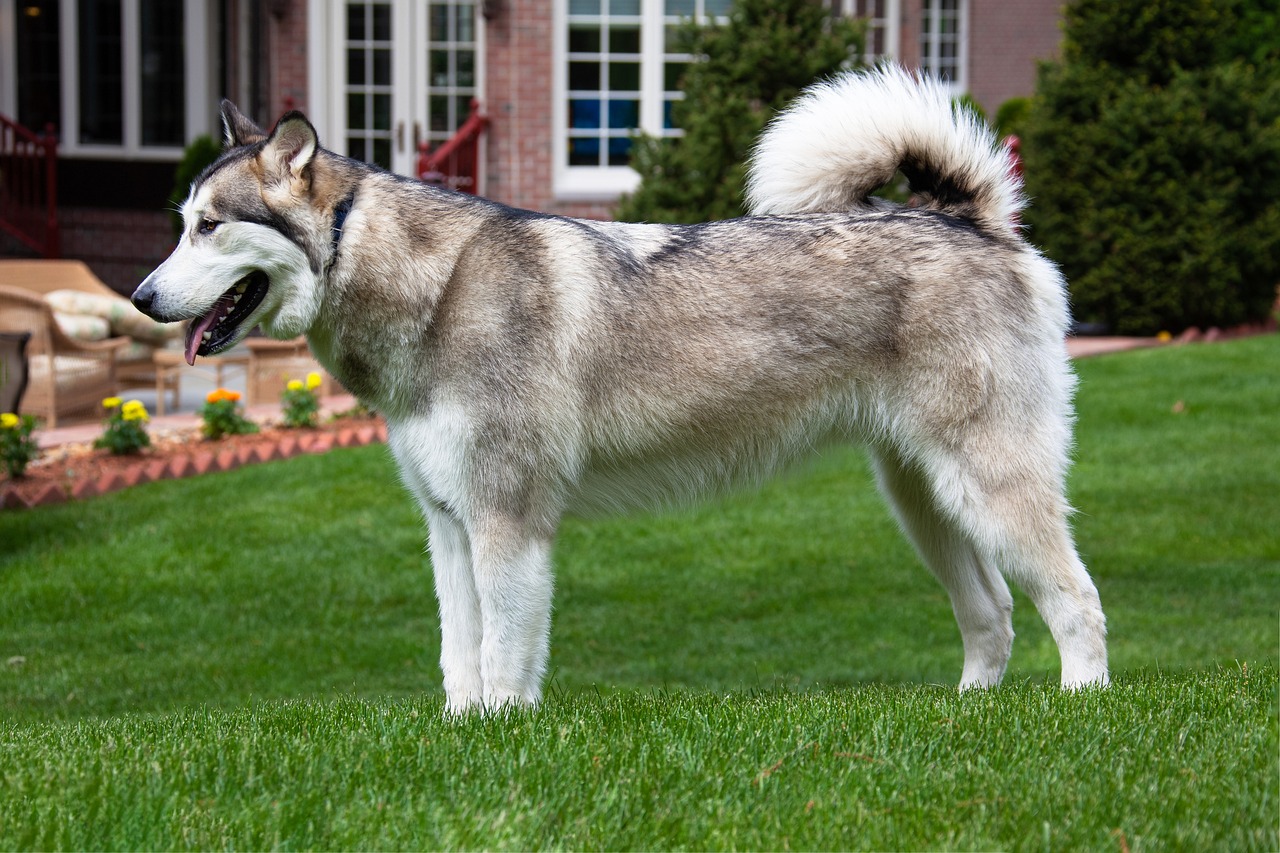 Shutterstock
Shutterstock
The Alaskan Malamute is one of the oldest Arctic sled dogs, bred by the Inuit people to haul heavy loads across icy terrain. Strong, resilient, and friendly, these dogs helped humans survive in some of Earth’s harshest environments. Archaeological evidence suggests they’ve worked alongside humans for at least 4,000 years. Their thick coat, muscular build, and team-oriented nature made them essential to northern life. Today, they still love a good snow day—and will happily drag you across the neighborhood if given the chance.
Shar Pei
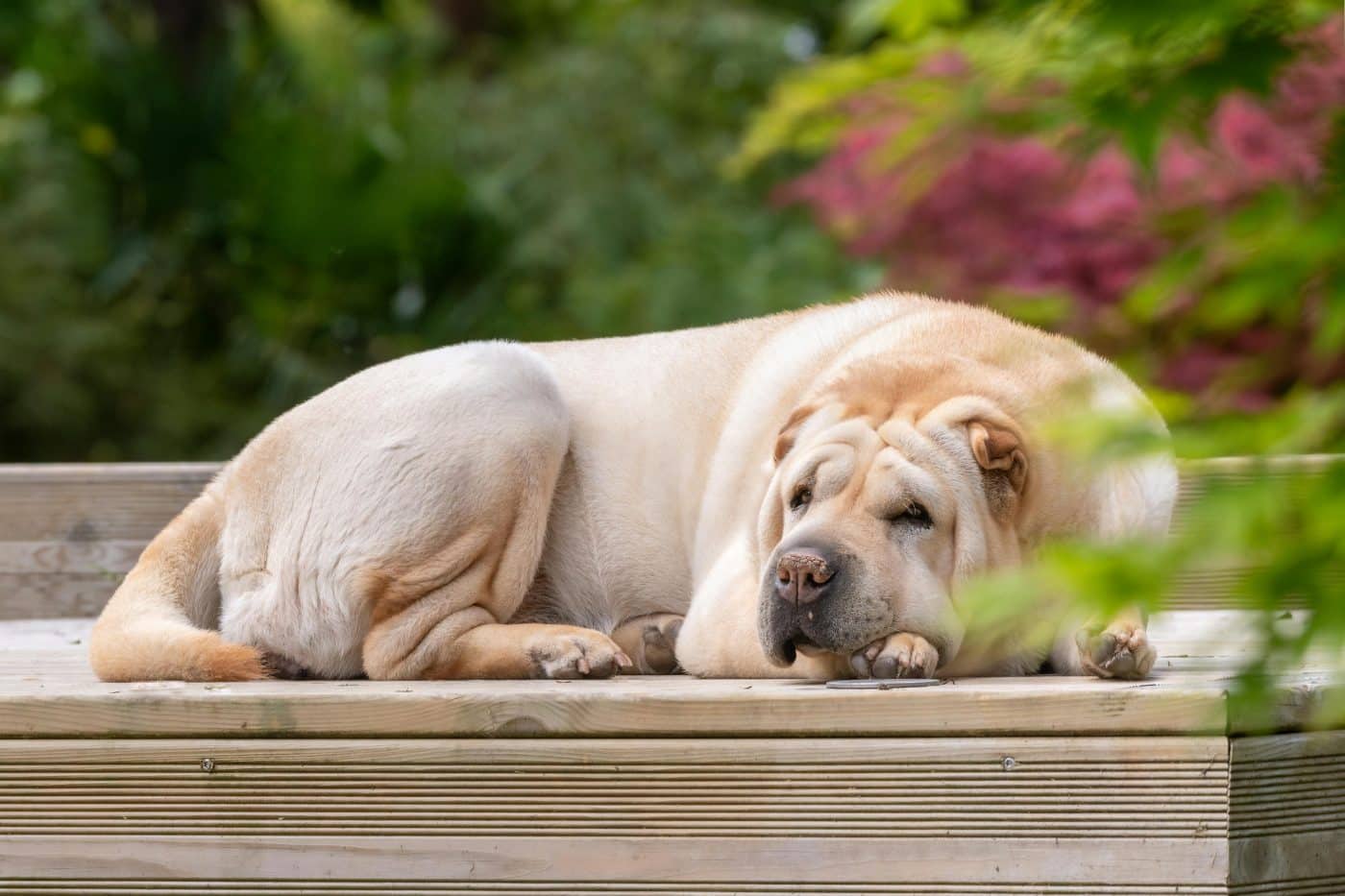 Shutterstock
Shutterstock
With its distinctive wrinkles and serious expression, the Shar Pei traces its roots back to ancient China, where it served as a guardian, hunter, and even a fighter. Artifacts from the Han Dynasty (around 200 B.C.) depict Shar Pei-like dogs. They were prized for their strength and loyalty, and their loose skin was thought to help them in battles, making it harder for attackers to grab hold. While their fighting days are long behind them, they still carry that unmistakable “don’t mess with me” vibe—even when napping under a throw blanket.
Pharaoh Hound
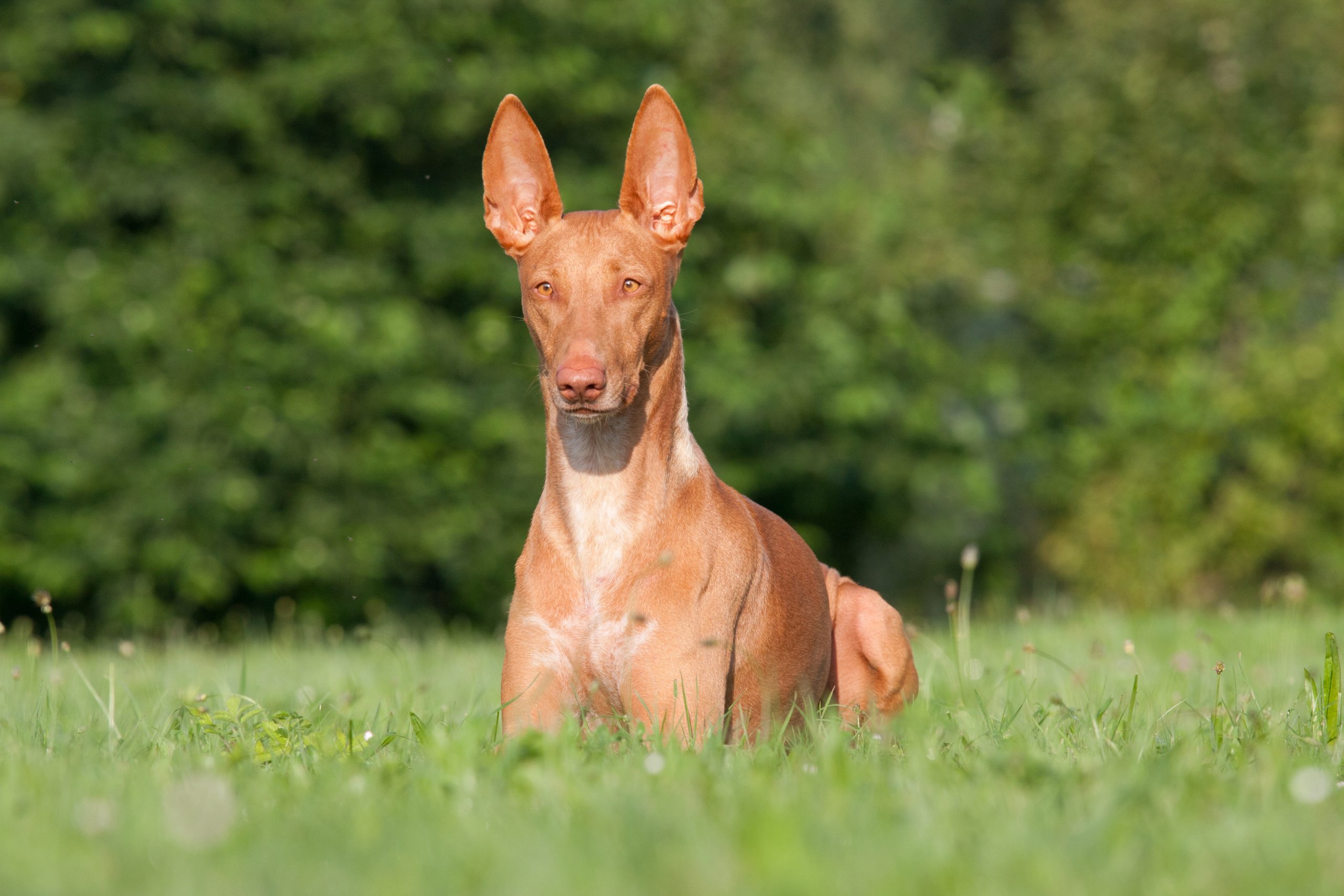 Shutterstock
Shutterstock
Despite its name, the Pharaoh Hound’s direct connection to ancient Egypt is debated, but it certainly looks like it stepped out of a tomb mural. Believed to be an ancient breed, the Pharaoh Hound has a noble presence and remarkable resemblance to dogs depicted in Egyptian art. Originally used for hunting rabbits in the Maltese Islands, they’ve likely been trotting alongside humans for over 2,000 years. With sleek lines and glowing amber eyes, they bring drama to every doorway they walk through. They may not have pyramids now, but your living room will do.
Chow Chow
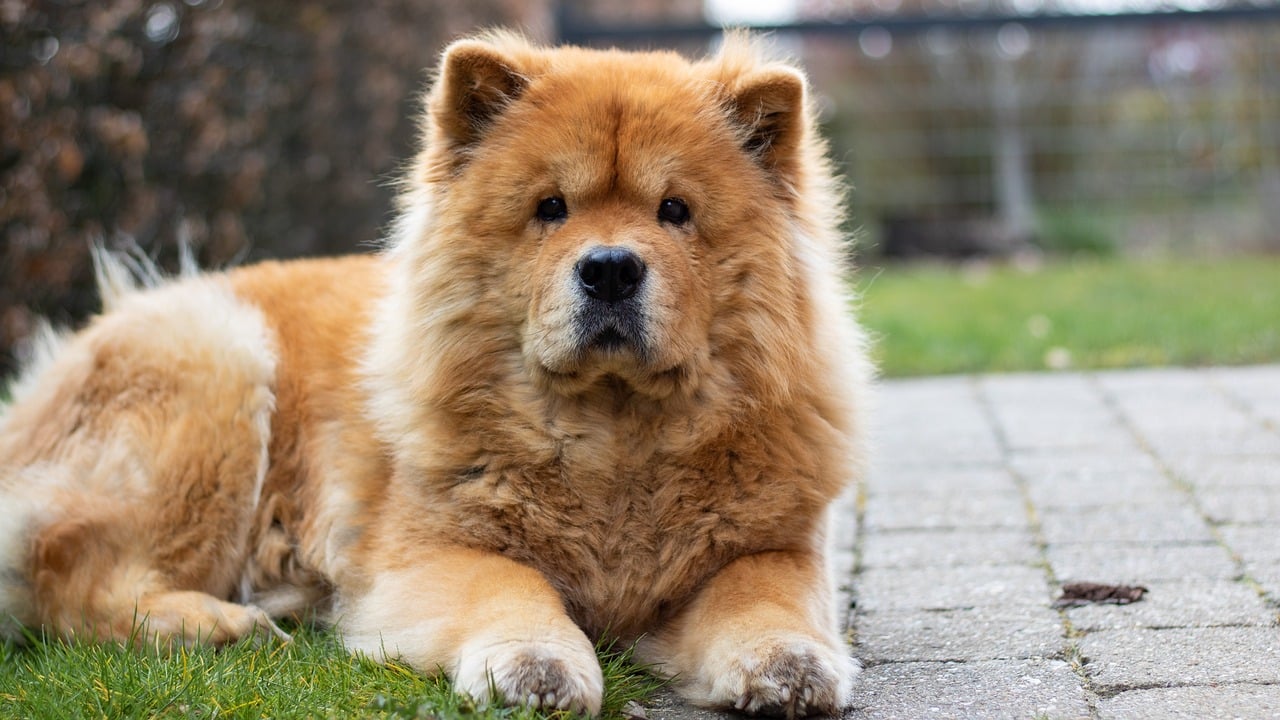 Shutterstock
Shutterstock
The Chow Chow is one of the oldest and most unique breeds from China, dating back over 2,000 years. With their lion-like mane and famously blue-black tongues, they were used for hunting, guarding, and even pulling carts. Ancient emperors prized them for their versatility and dignified nature. Chow Chows were so treasured that they were often mentioned in ancient texts and art. They still walk around like they’re royalty, and to be fair, with that mane and those eyes, they’ve earned it.
Samoyed
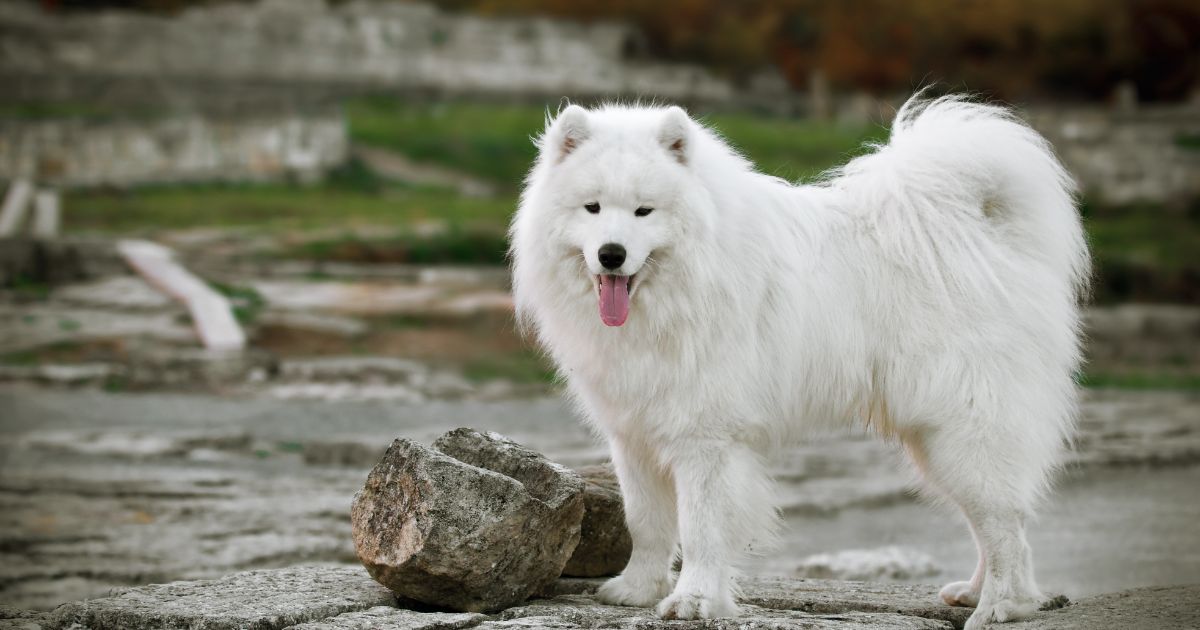 Shutterstock
Shutterstock
Originating from Siberia, the Samoyed were bred by the Samoyede people to herd reindeer, pull sleds, and keep humans warm in sub-zero temperatures. With their thick white coats and perpetual smiles, these dogs formed a close bond with their human companions. They’ve been a part of nomadic life for thousands of years, playing essential roles in both survival and community. The modern Samoyed still exudes friendliness and resilience, although now they’re more likely to herd you toward the kitchen instead of reindeer through a blizzard.
Canaan Dog
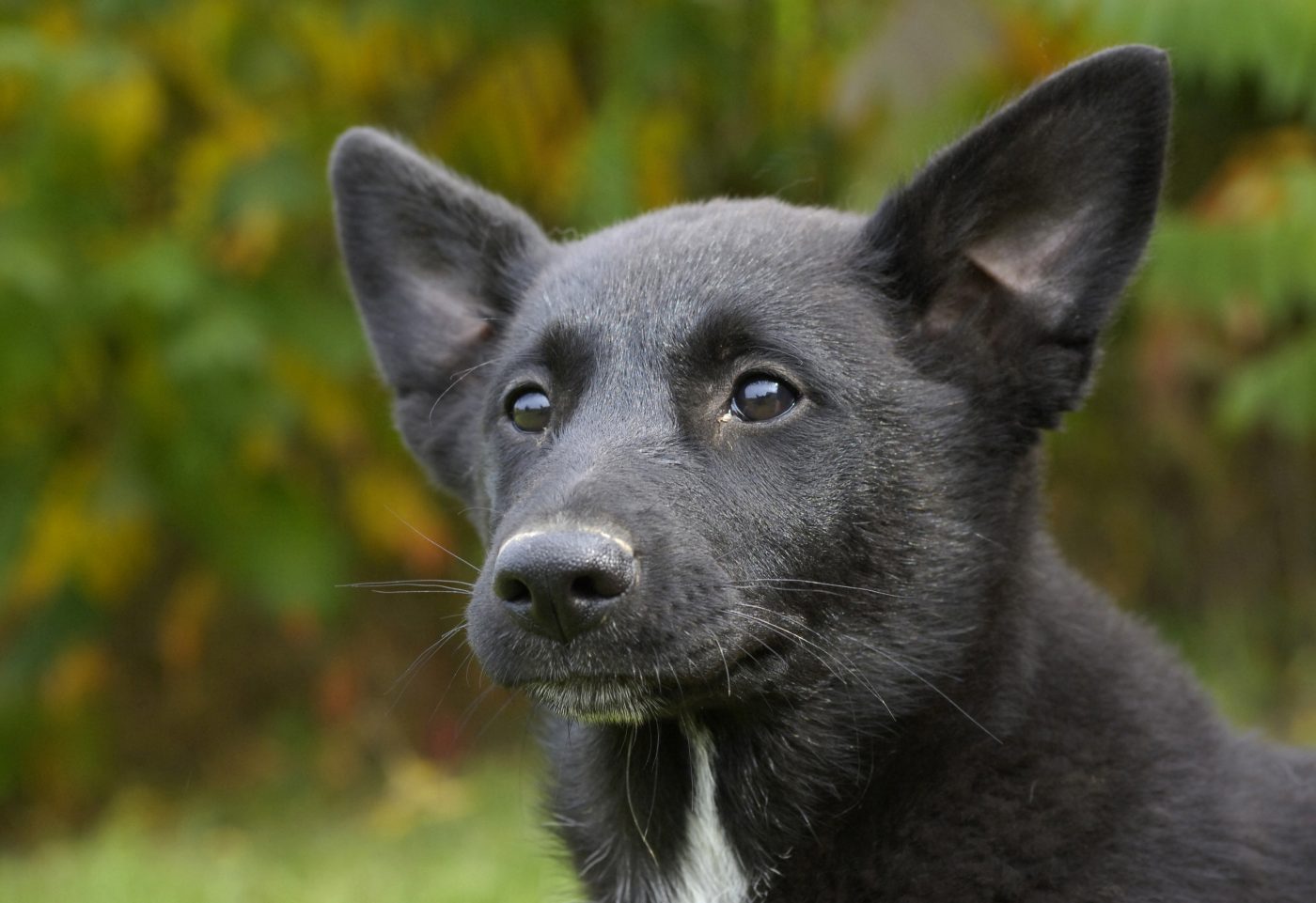 Shutterstock
Shutterstock
The Canaan Dog is the national dog of Israel and a true survivor, with roots stretching back to the biblical era. These semi-wild desert dogs have adapted to life alongside humans for over 2,000 years, originally used to guard livestock and encampments. Archaeologists have discovered remains of Canaan-like dogs in ancient settlements. Despite their independent streak, they are loyal and highly trainable. They’re the MacGyver of ancient dogs—resourceful, scrappy, and always alert.
Anatolian Shepherd
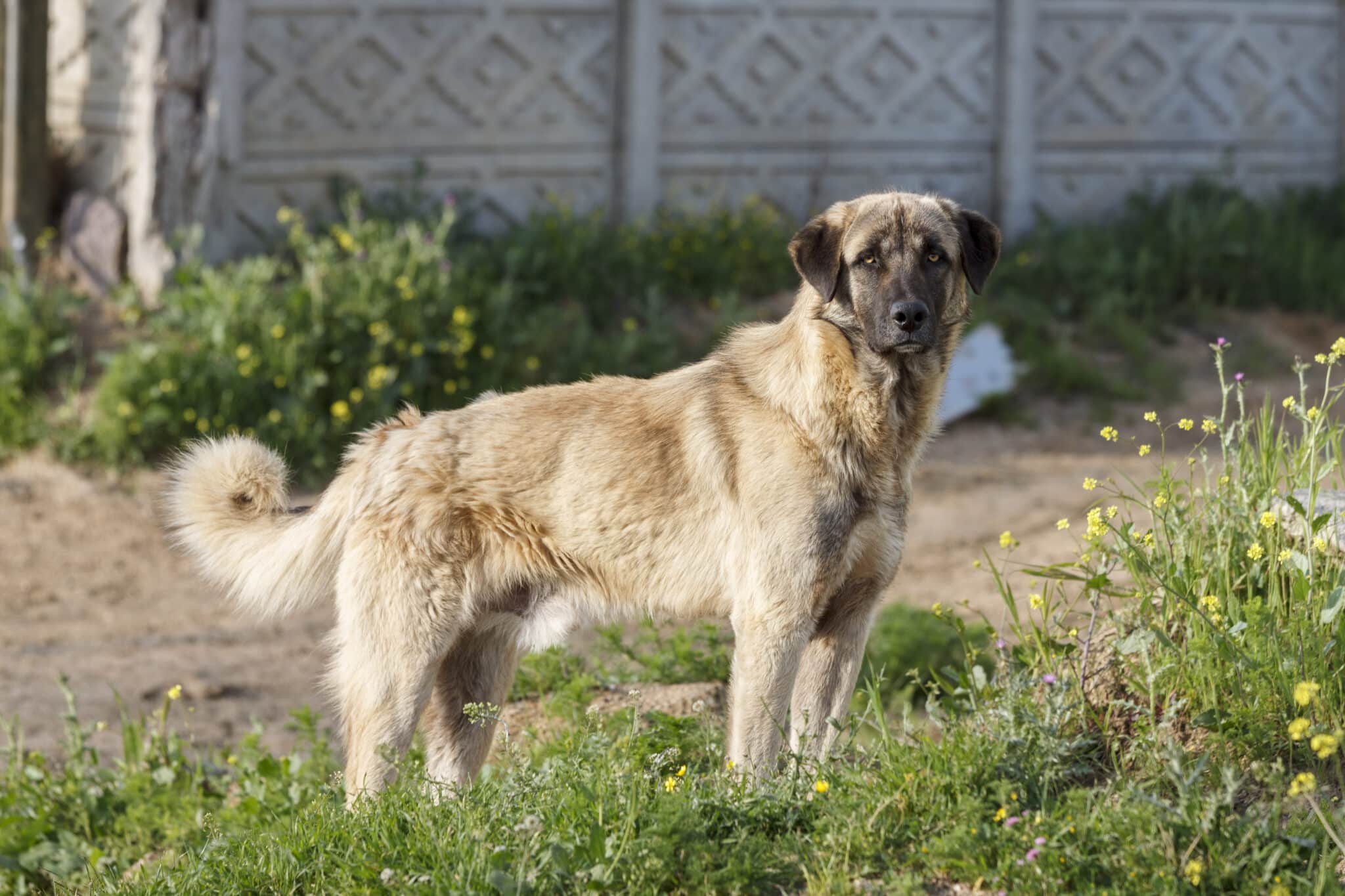 Shutterstock
Shutterstock
Bred in the rugged landscapes of Turkey, the Anatolian Shepherd is a formidable livestock guardian with a history dating back thousands of years. These dogs were used to protect flocks from predators, often working independently and covering vast territories. Their size, endurance, and intelligence made them essential to ancient pastoral societies. Today, they still approach life with the same no-nonsense attitude, always ready to protect your backyard from suspicious squirrels or, you know, shadows.
Xoloitzcuintli
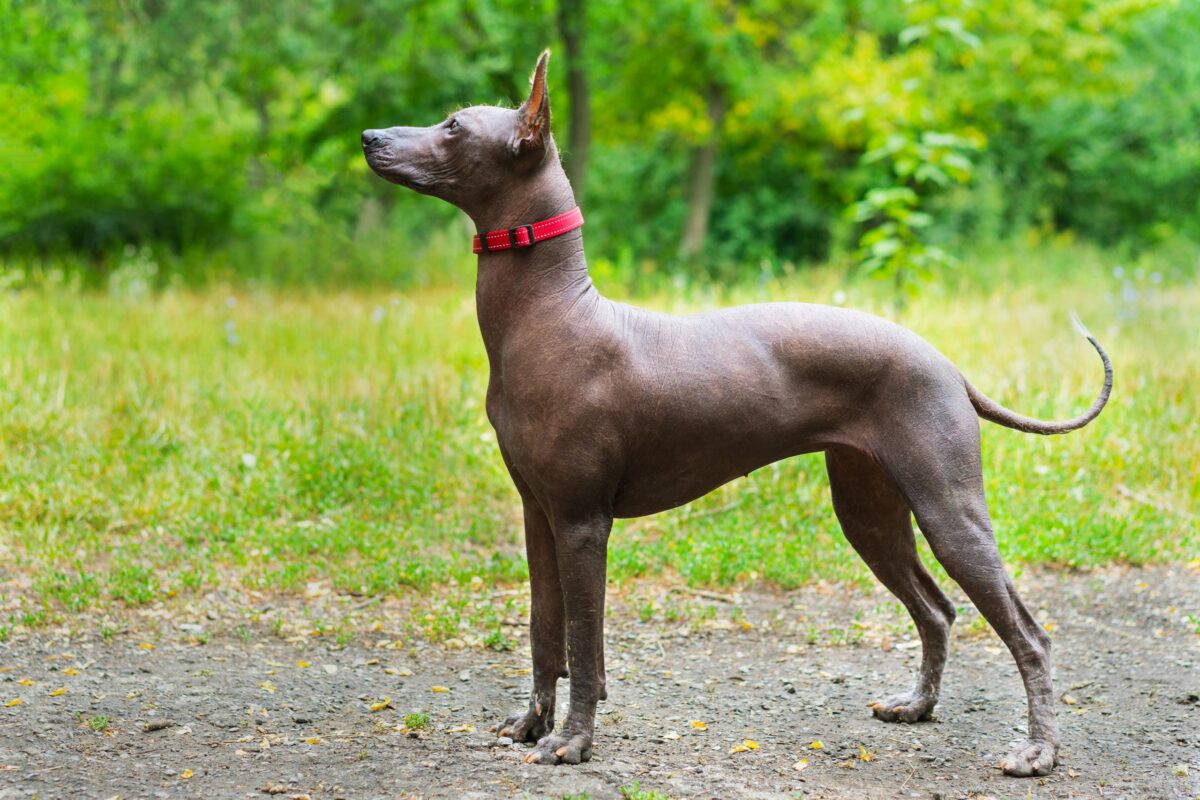 Shutterstock
Shutterstock
The Xoloitzcuintli, or Xolo, is one of the oldest and rarest dog breeds, revered by the Aztecs and other Mesoamerican civilizations. These hairless wonders were believed to have healing powers and were often used in rituals and spiritual practices. They were considered guides for souls in the afterlife and were buried with their humans to assist them on their journey. Calm, intelligent, and a little mystical, Xolos still carry that ancient energy today. They might not lead your soul to the underworld anymore, but they’ll lead you to the coziest spot on the couch.
The Dogs Who Are Older Than Your Family Tree
 Shutterstock
Shutterstock
These dogs didn’t just walk through history—they built it, one paw step at a time. They guarded kings, herded ancient livestock, slept in royal chambers, and helped humans survive everything from deserts to ice ages. While they may be chasing tennis balls instead of gazelles these days, their ancient spirit lives on—in every dramatic pose, judgmental stare, and triumphant tail wag. They probably heard that same tone of voice in 2000 B.C. and still chose to do their own thing. Legends gonna legend.

 21 hours ago
4
21 hours ago
4

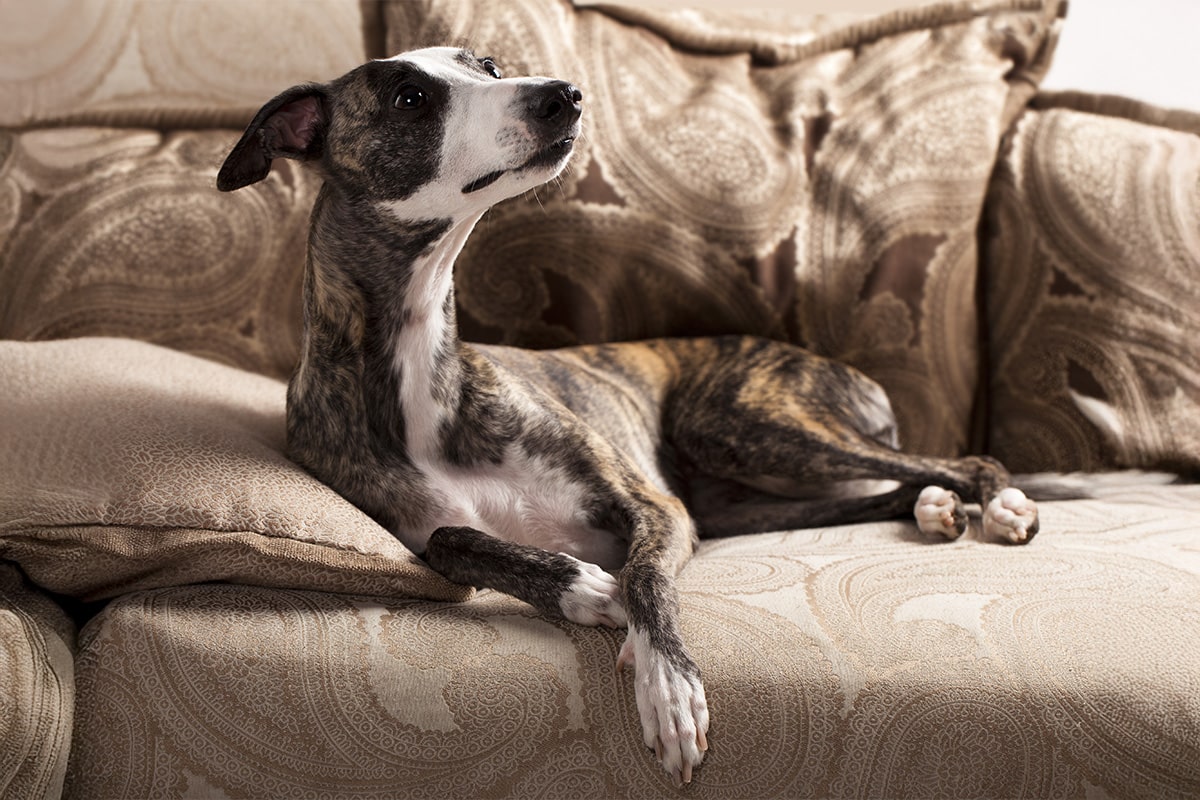

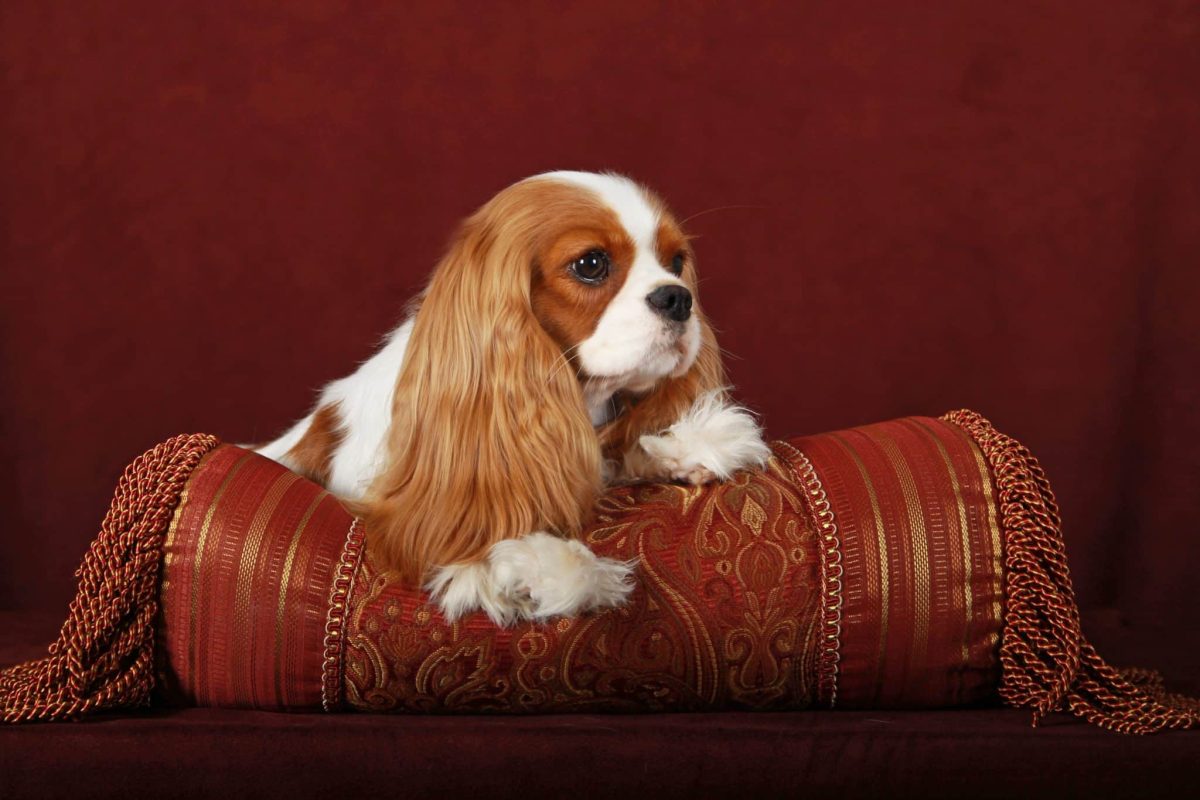
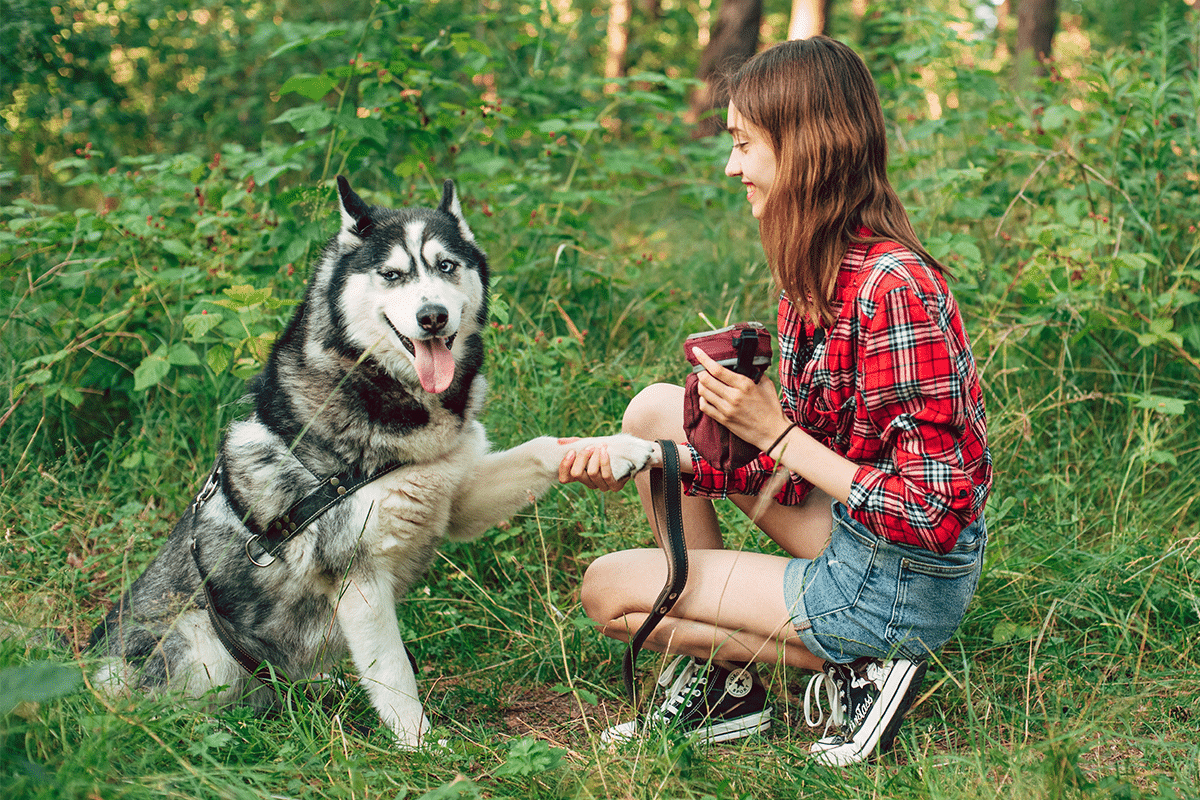

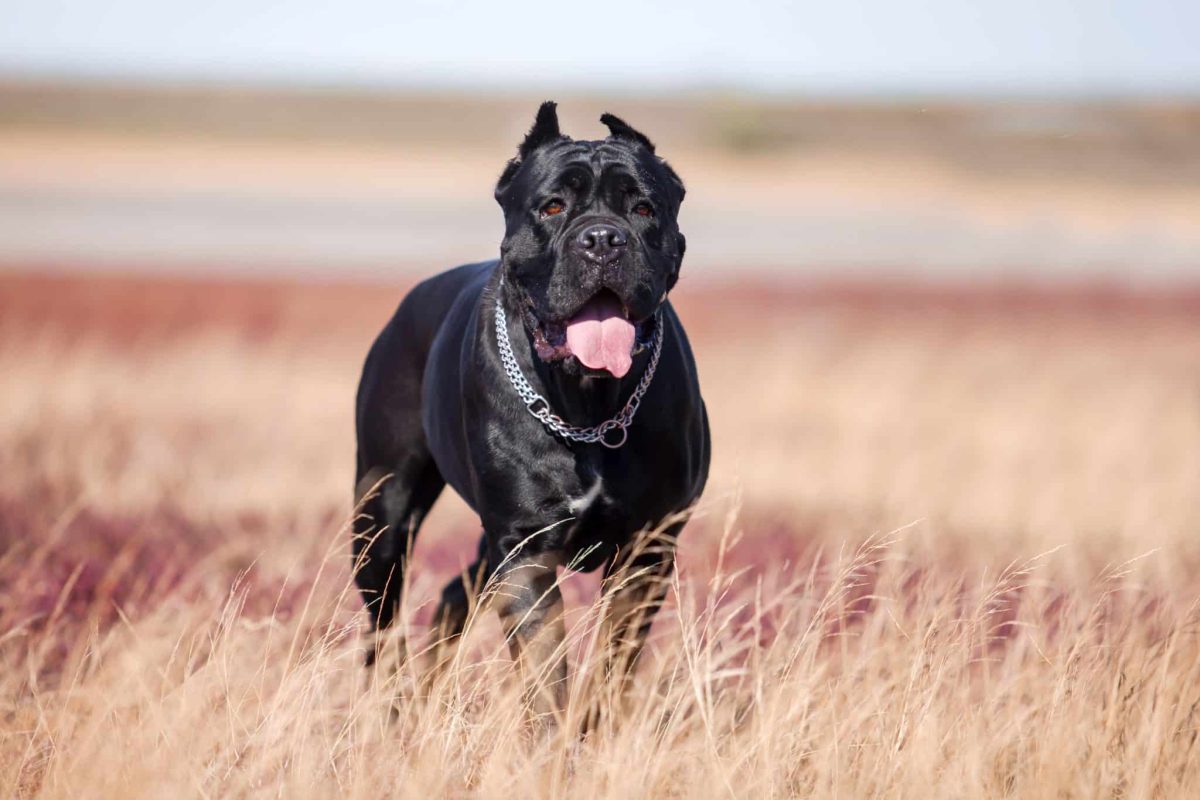
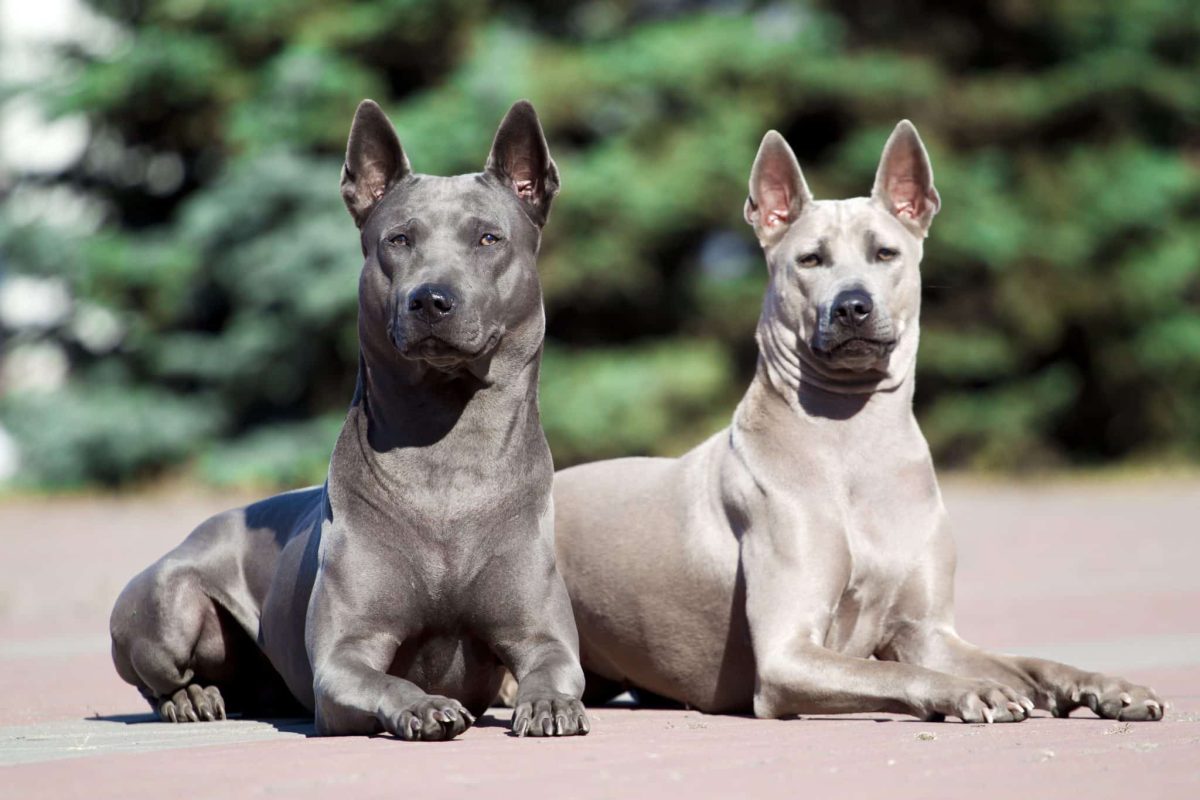
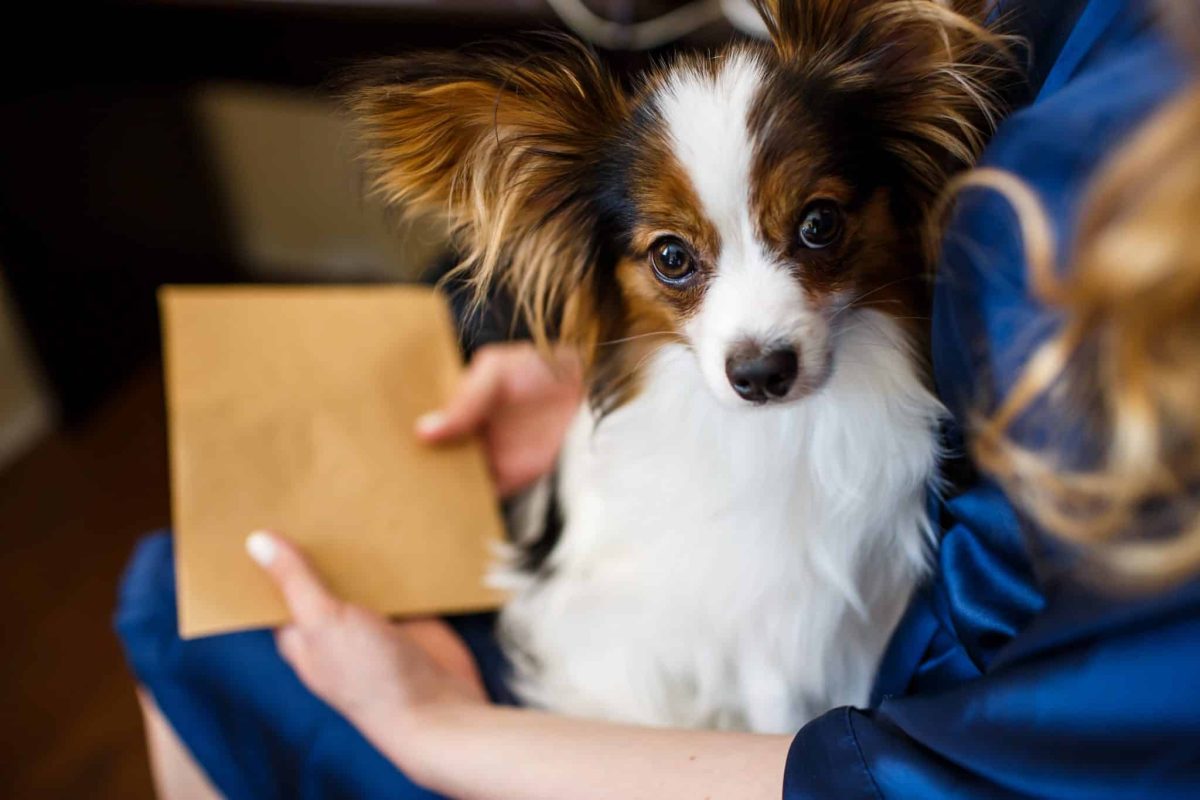









 English (US) ·
English (US) ·